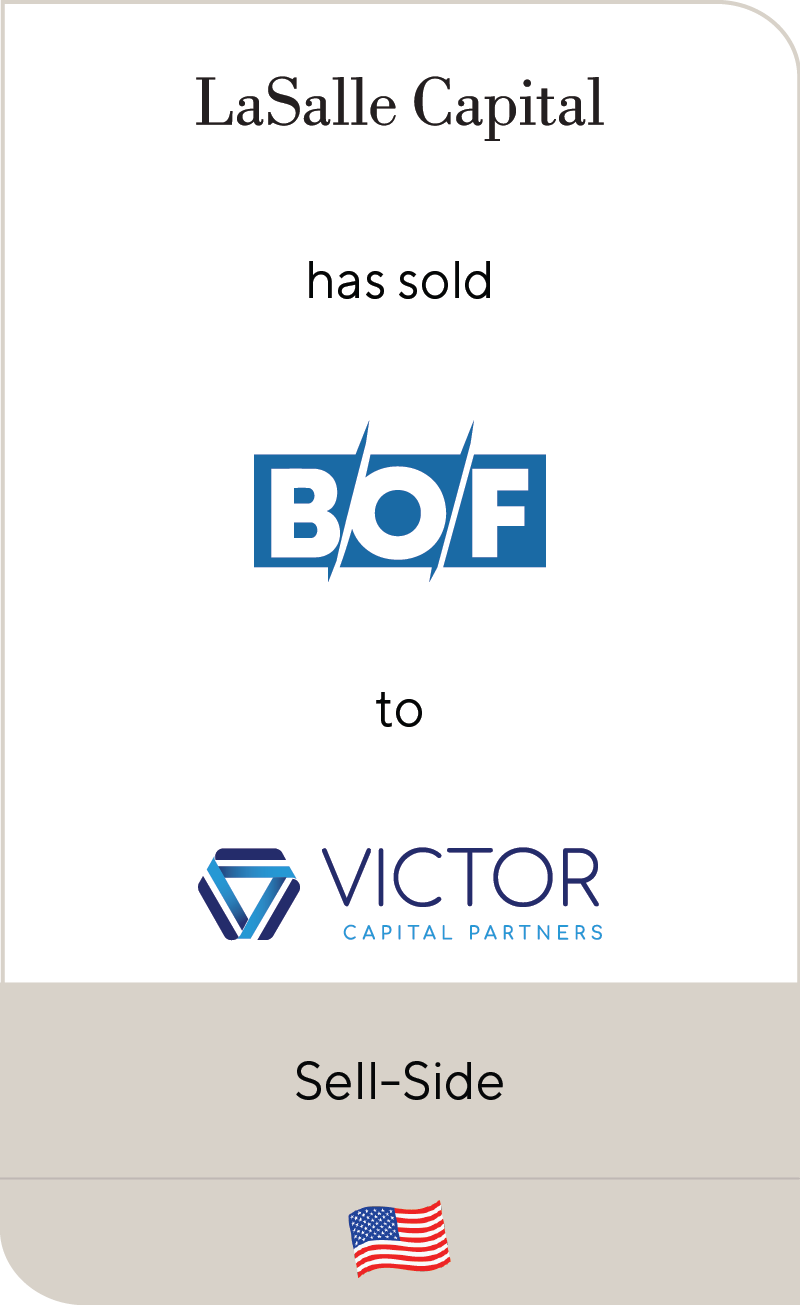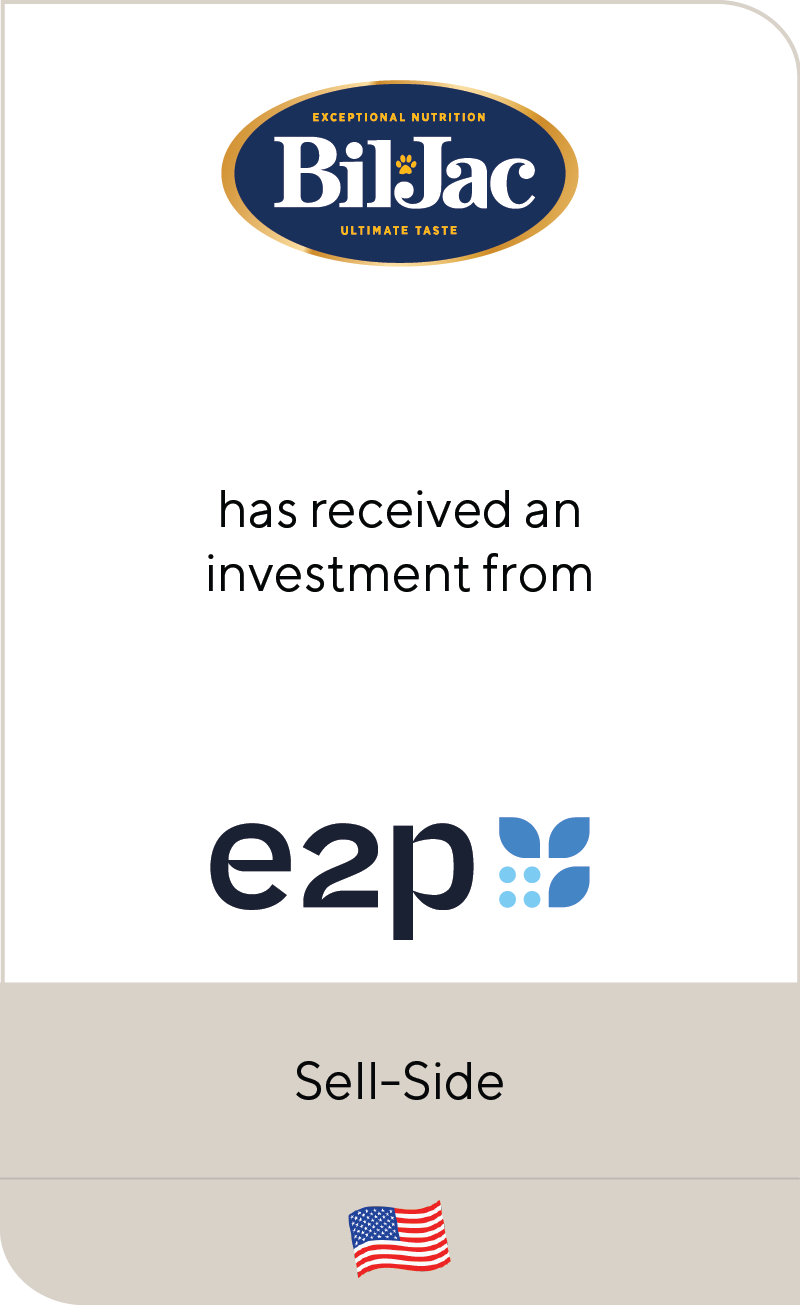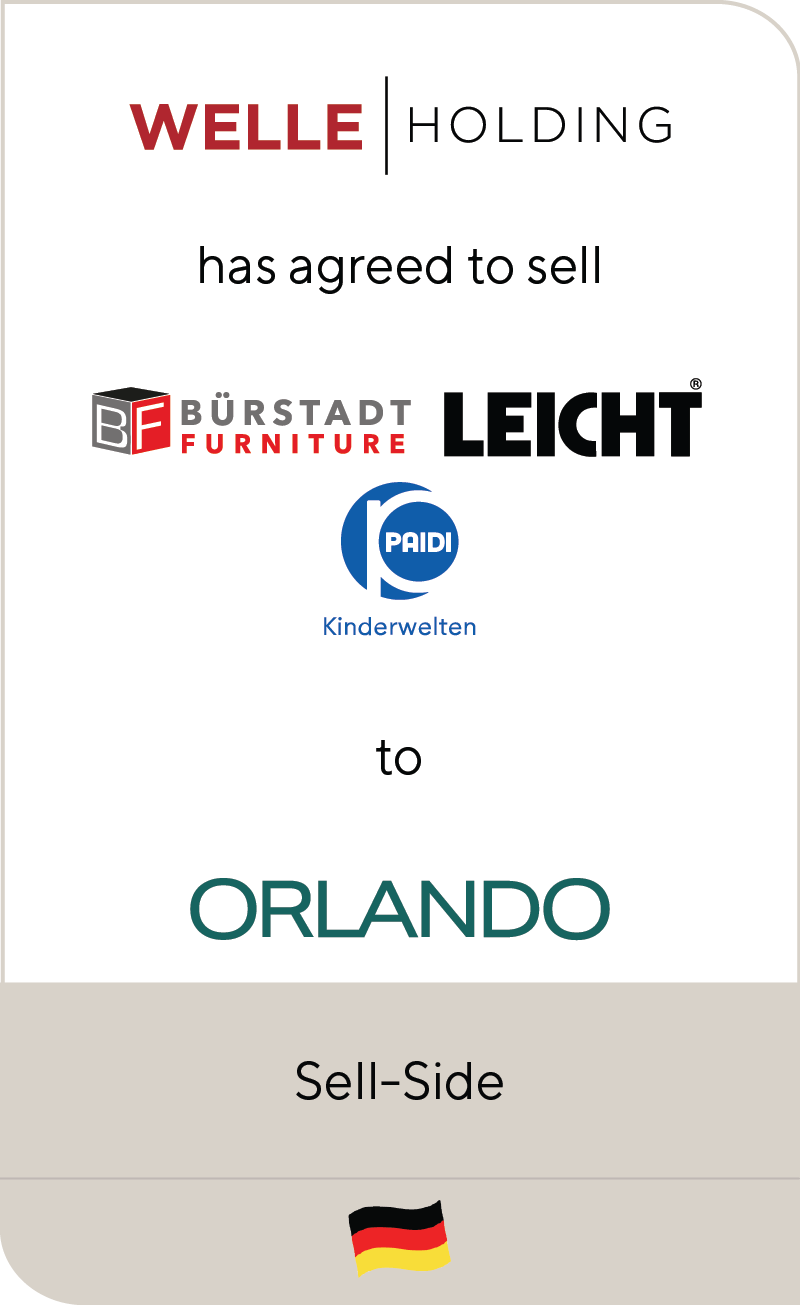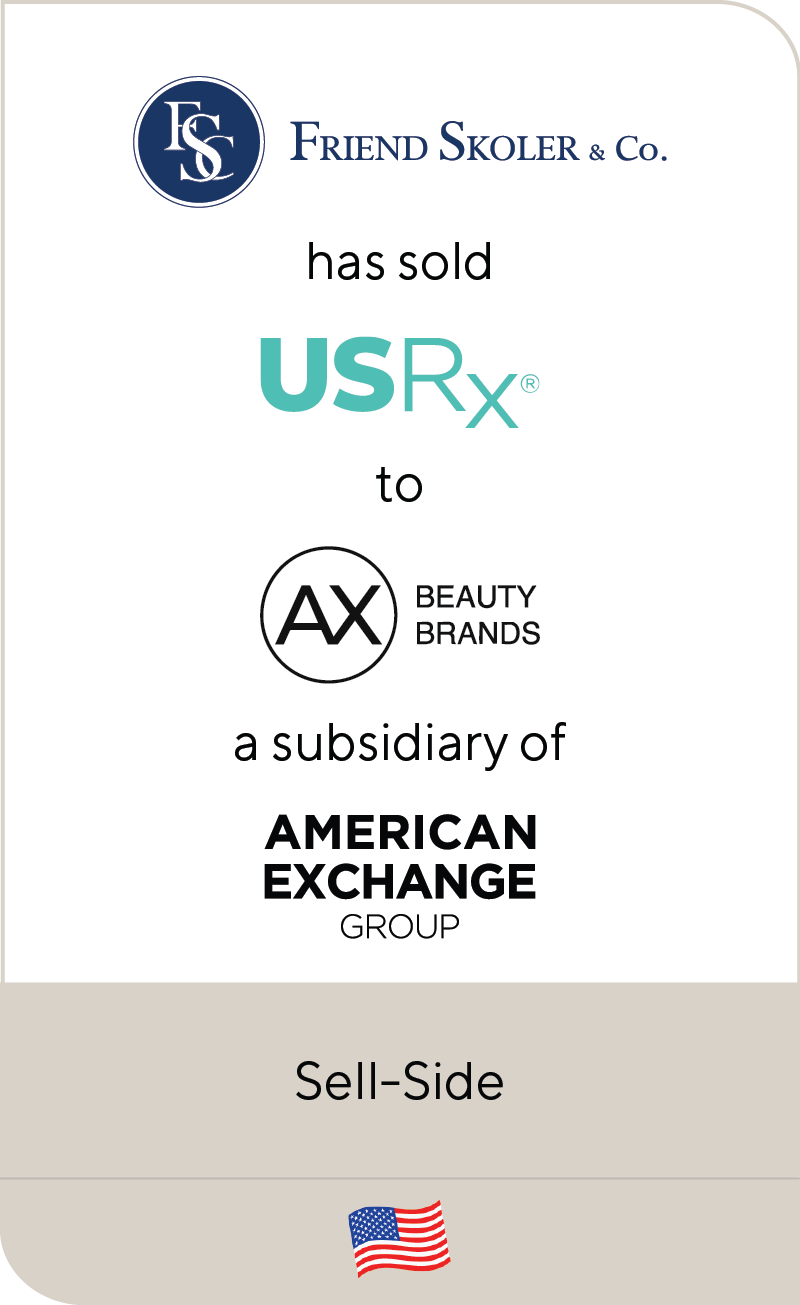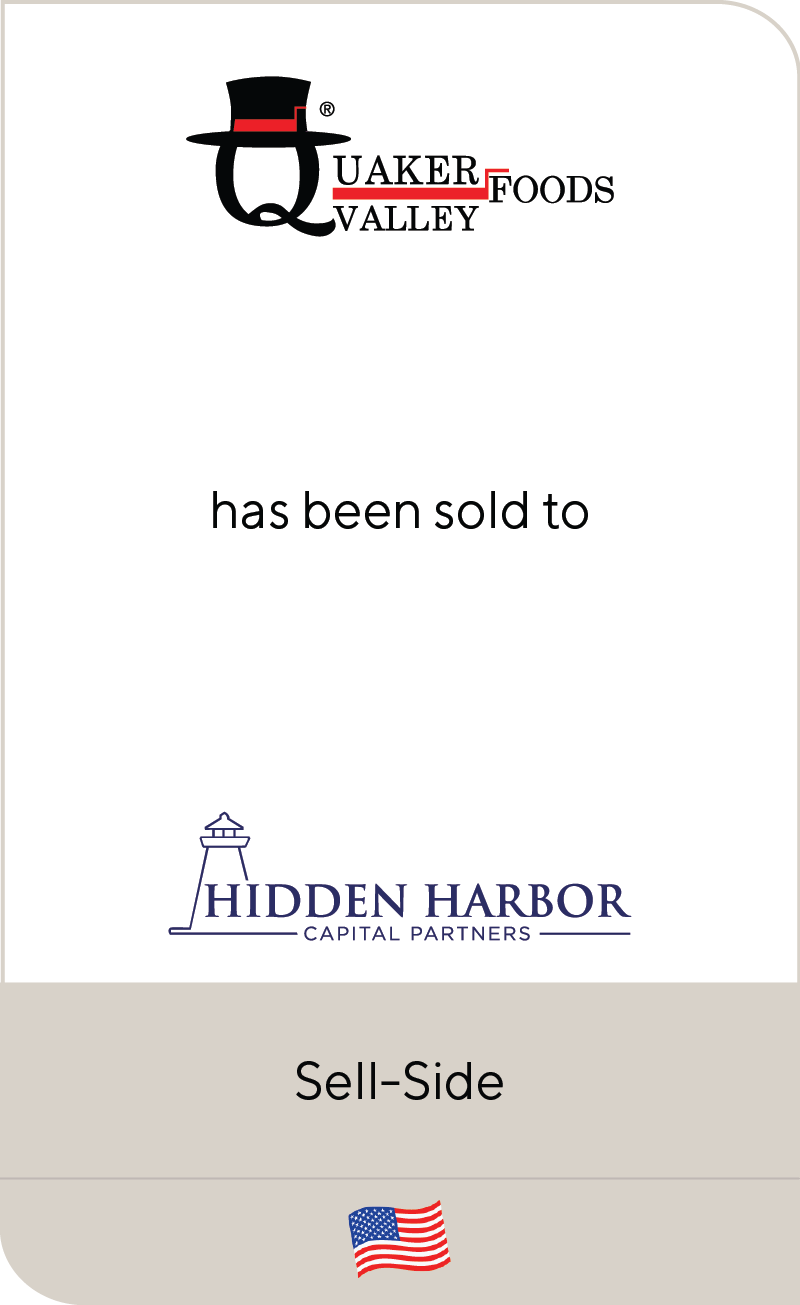Differentiated Pet Food Brands Fetch High Multiples: Guidance for Sector Entrepreneurs
Jun 2021
For investors, the recession resilient nature of the pet sector and its strong performance through multiple economic cycles has long been notable. Most recently, the pandemic solidified the sector’s resilience through strong tailwinds in pet ownership and pet spending—including the humanization of pets as owners spent more time with them and a growing middle class that is willing to spend more.
From branded food to consumables to pet services, investors are actively pursuing opportunities from early-stage growth of all scale including both early-stage growth brands and mature pet platforms. For entrepreneurs with a desire to sell, a range of factors can help set branded food businesses apart from the crowd.
Summary
-
Lincoln International explores a range of factors that can help set branded pet food businesses apart.
- Click here to download a printable version of this perspective.
- Sign up to receive Lincoln's perspectives
|
||||||||||||||||||||||||||
Contributors

I take a long-term approach to building relationships and understanding clients' businesses in order to provide timely and relevant advice.
Alex Masters
Managing Director & Co-head of Consumer, Europe
London
Through honest advice, passionate client service and hands-on execution, I strive to deliver outlier results for my clients.
Christopher Petrossian
Managing Director & Co-head of Consumer
Los AngelesMeet Professionals with Complementary Expertise

It’s extremely rewarding to work in one of the largest and most diverse global business sectors helping support clients to realize their goals.
Matthew Lee
Managing Director, Head of UK & Co-head of Healthcare, Europe
London
My goal is to bring the best of Lincoln to each and every transaction, ensuring the topmost outcomes for our clients.
Roderick O’Neill
Managing Director & Co-head of Healthcare
New York








